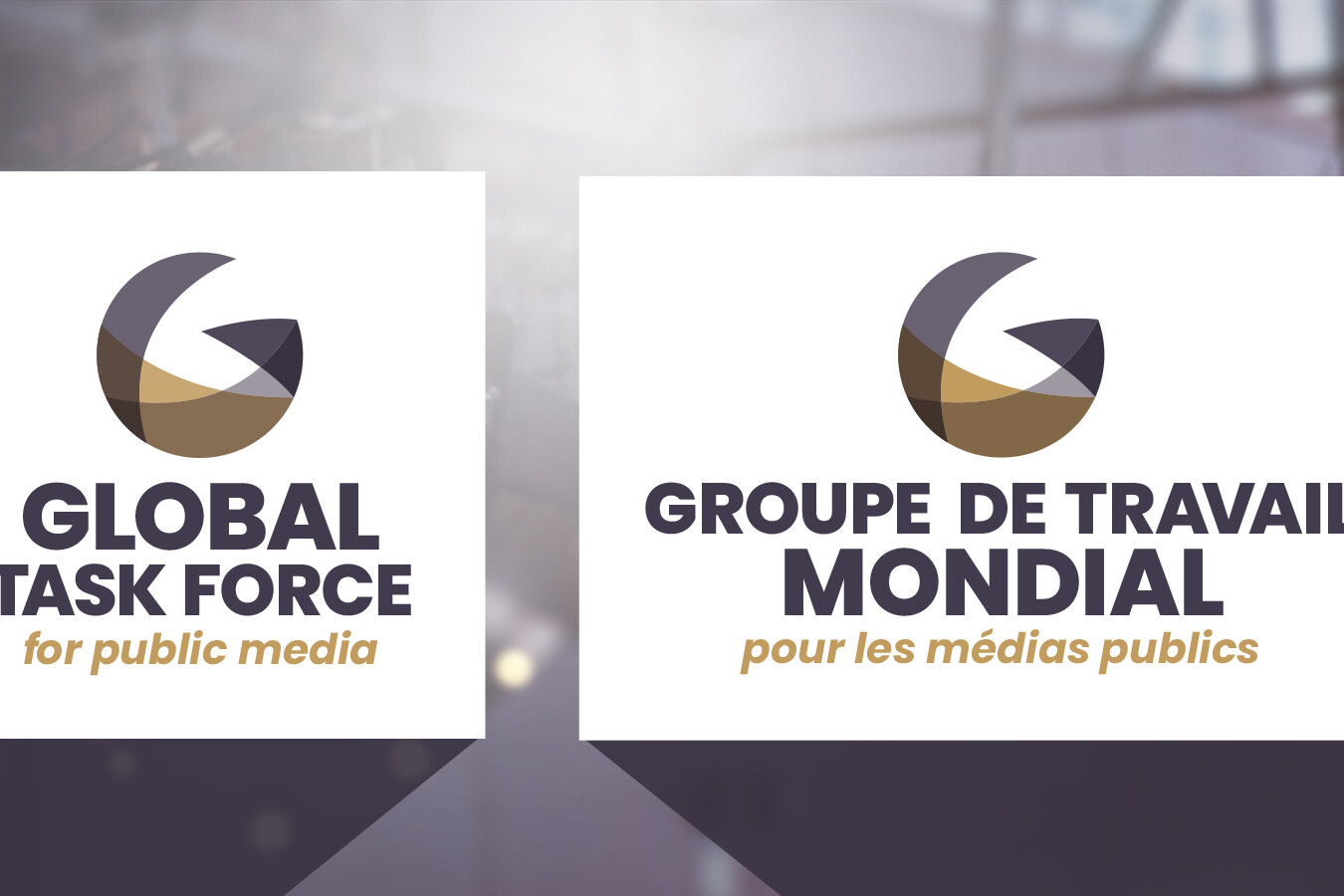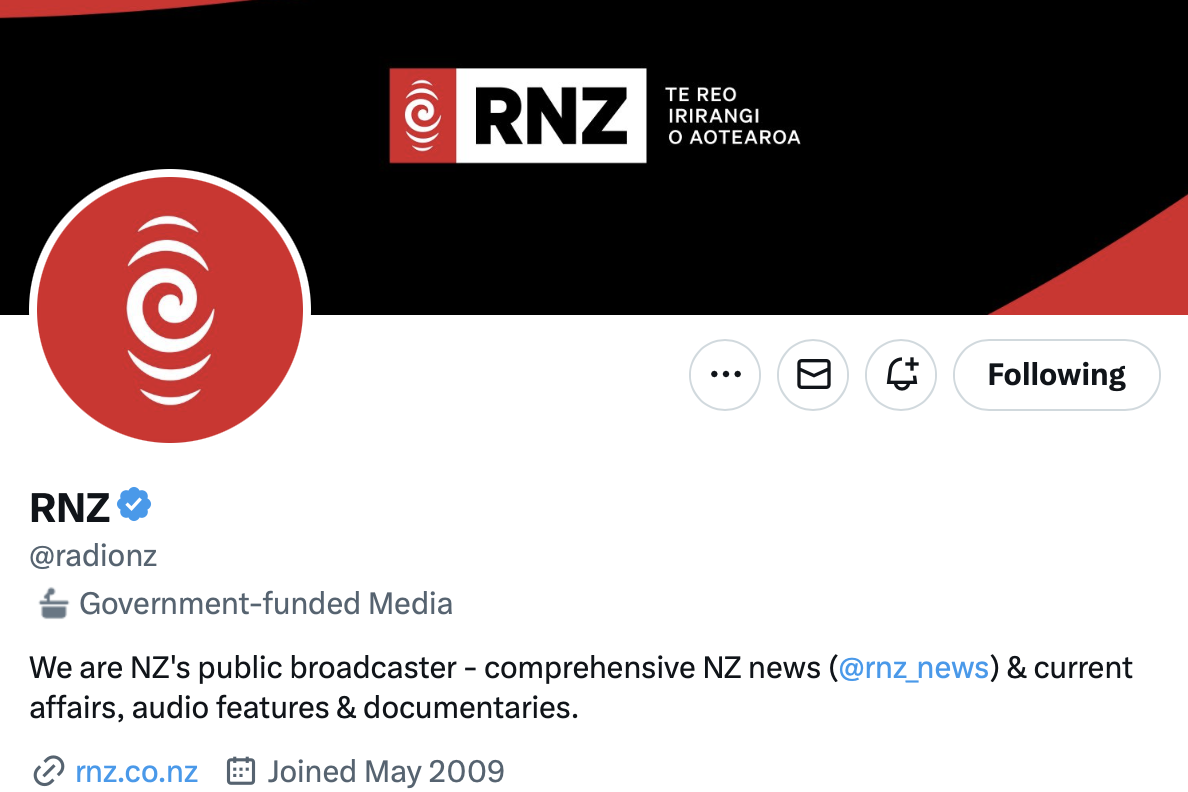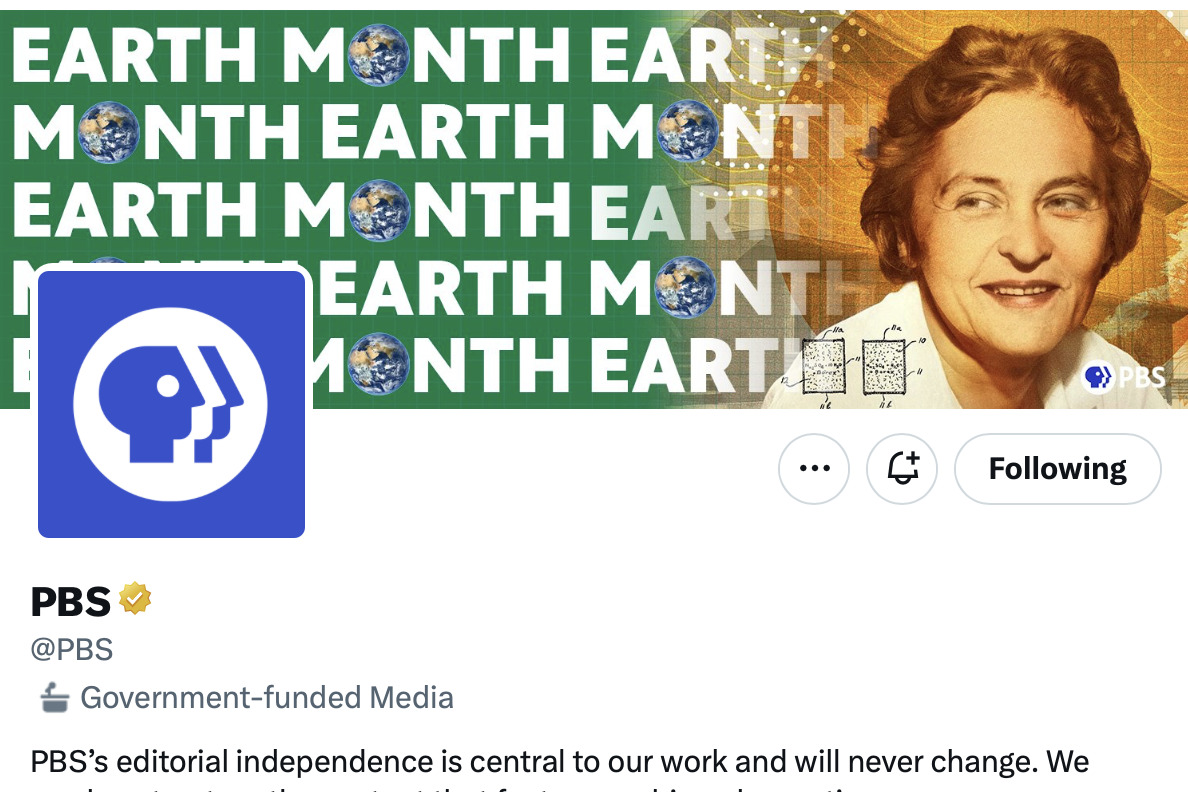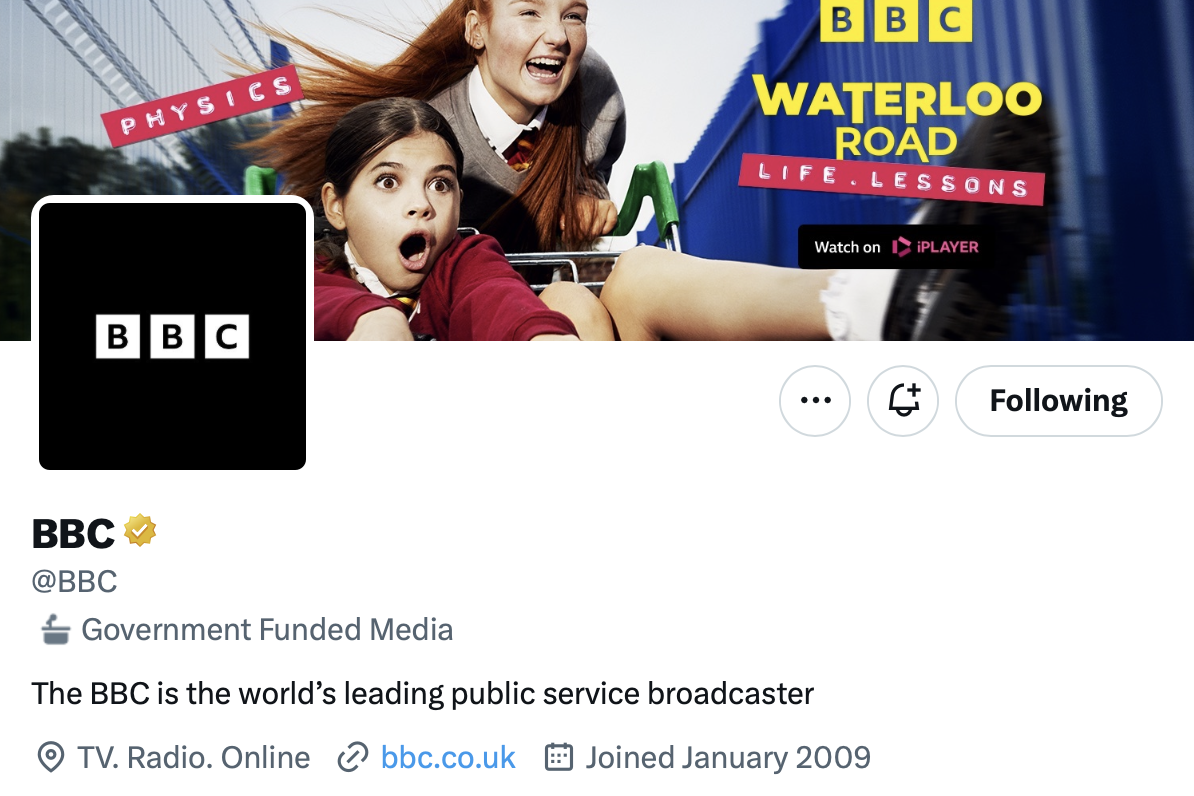Twitter ditches labels but concerns remain
28th April 2023
The removal of contentious and in some cases, inaccurate labels applied to independent public broadcasters on Twitter included those applied to state administered broadcasters, raising further concern disinformation on the social media network.
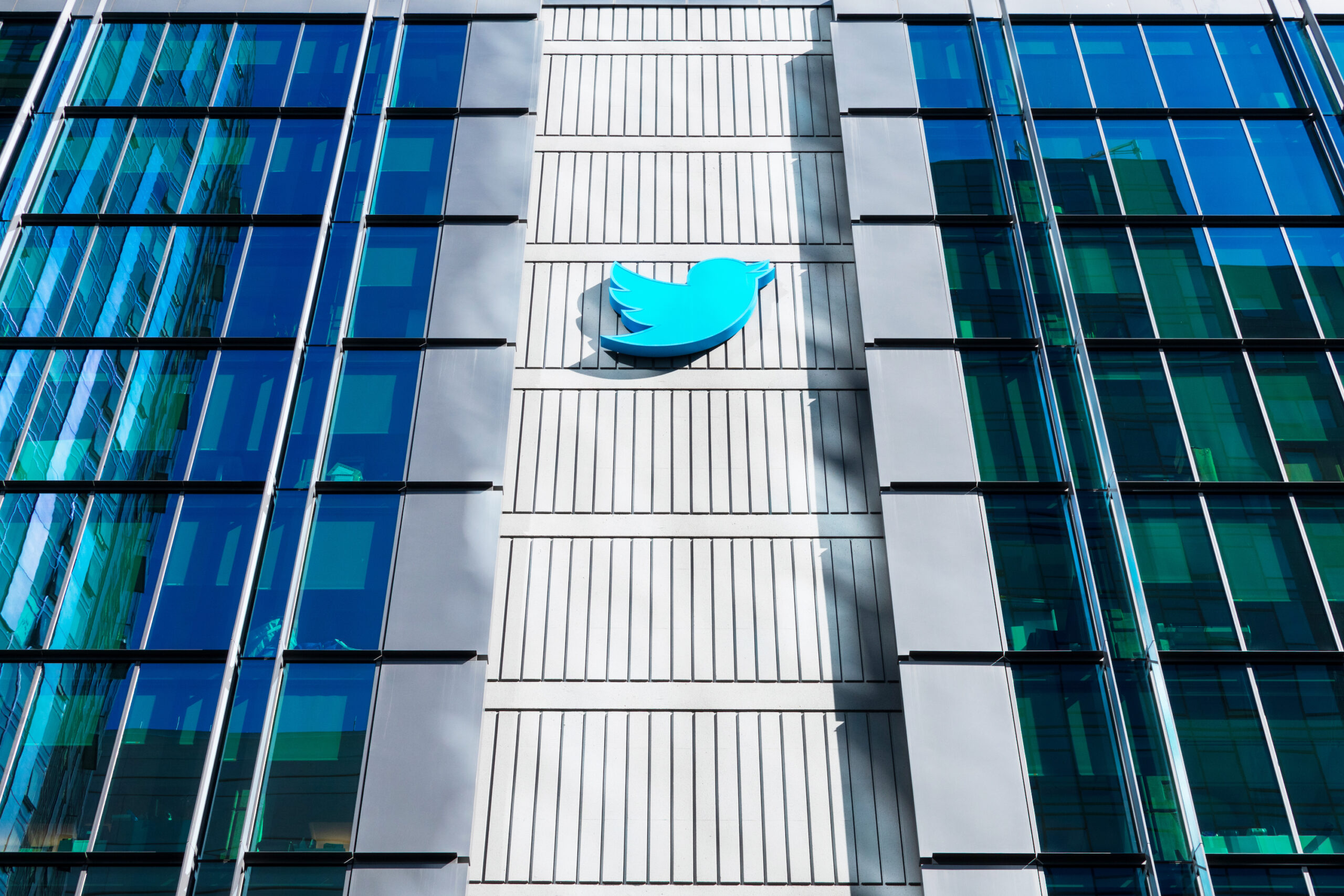
Any relief following the reversal of Twitter’s decision to label a number of independent public service media (PSM) as “Government-funded Media” was short-lived, as it transpired labels had also been removed for state-controlled broadcasters, such as China’s Xinhua and Russia’s RT. Meanwhile, a purge of blue ticks left the issue of verification unsettled.
The decision was welcomed by RT’s editor, Margarita Simonyan, who thanked Twitter’s owner, Elon Musk. According to Forbes, Simonyan has been “a chief propagandist for Vladimir Putin’s regime”.
The initial decision to label PSM as “Government-funded Media” drew significant criticism, including from the Global Task Force for public media (GTF) – an entity of eight public media leaders, for which the Public Media Alliance is the secretariat. Four of the GTF had been given the label (ABC, CBC/Radio-Canada, KBS, and RNZ).
Read more: The Global Task Force for public media objects to Twitter’s public media labels
“Labelling them in this way misleads audiences about their operational and editorial independence from government,” the GTF said in a statement. “If Twitter is to apply any of its existing labels to ABC, CBC/Radio-Canada, KBS and RNZ, the most accurate and appropriate label would be “Publicly-funded media”.”
A number of public broadcasters, including NPR, PBS, and CBC/Radio-Canada made the subsequent decision to stop using Twitter.
As a direct consequence of these policy changes, Twitter has become a more precarious platform whereby facts and trusted sources of news and information have become harder to identify.
The labels have now removed for all organisations, but despite this, the three North American public broadcasters have not resumed using the platform.
It is a positive step that the inaccurate “Government-funded Media” labels have now been removed. Labels such as these imply a form of government control over the editorial output of the media organisation, which is simply untrue and misleading in many of the cases it was applied. The Public Media Alliance, however, does not oppose the use of a “Publicly-funded” label, as this is indeed an accurate term for public service media, and demonstrates the public service credentials, independence and values of these organisations.
Subscribe toour newsletter
Keep updated with the latest public
media news from around the world
But the decision to instead impose a sweeping no-label policy, removing even those which have been in place for years, has serious and dangerous consequences. State controlled broadcasters such as RT and Xinhua now have the same designation – or lack thereof – as independent public service media such as the ABC, France Télévisions, KBS, and others.
To compound the issue, the social media network has also removed a significant number of ticks across the entire platform. But in the specific case of public service media, this has serious implications. These ticks – which appeared next to the organisation’s name on their account – provided assurance to users that these were the verified accounts of that public service broadcaster. It allowed users to know they were accessing news and information they could trust.
Some of these ticks have now been restored, as in the case of BBC News, ABC News, SABC News, and Radio France – as well as state-controlled media, such as Iran’s Press TV and China’s CCTV. Smaller public broadcasters, however, appear to have been forgotten. RNZ, Yle and NRK, are all ‘unverified’.
As a direct consequence of these policy changes, Twitter has become a more precarious platform whereby facts and trusted sources of news and information have become harder to identify. Numerous reports show that hate speech has increased under Elon Musk’s tenure, while misinformation and disinformation has been allowed to flourish.
Independent public service media – correctly attributed and verified – can provide some form of counterbalance to these problems. But the removal of all labels and some means of verification has made it harder for these PSM to be identified. Ultimately, it has created a blurring of lines between trustworthy and untrustworthy sources of news, with the platform, and its users, all worse off as a result.
Related Posts
9th April 2023
“Government-funded Media” Twitter label must be removed
PMA calls for Twitter to reverse its…
